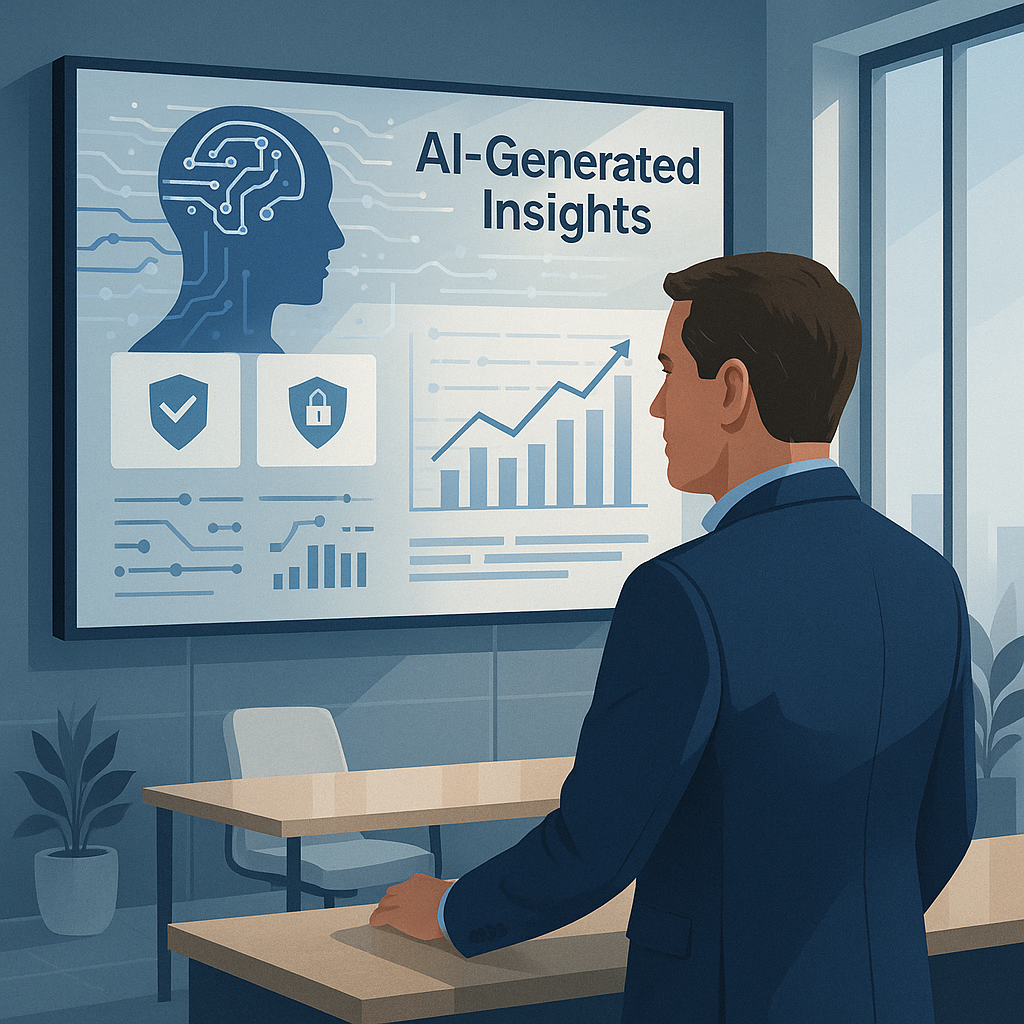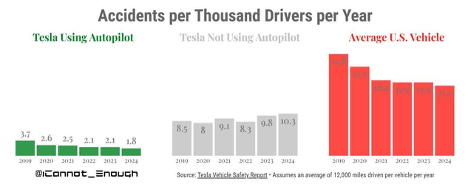AI value is not short on hype or startups. But the more important question won’t be about the clever solutions of 2025. It will be about lasting value that drives efficiency and productivity, and how that’s put to use.
Today’s market is flooded with software-first AI tools, many of which solve real problems. But they’re easy to replicate and hard to defend. “I can deploy capital into a startup on Monday, and by Friday, someone else has launched something faster and better.” That quote, from a former colleague and founder of an AI fund, captures the core challenge of this moment in technology. Software-first AI is too easily imitated.
This dynamic makes long-term bets, whether as a buyer, operator, or investor, incredibly challenging. The companies that will win in this new era won’t just add AI value to what they do. They’ll integrate it into the system across operations, data, product, and process in a way that produces better outcomes than what came before.
What isn’t easy to copy? Real-world integration and the performance gains that come with it.
What Sam Lessin Got Right and Where the Opportunity Still Is
On a recent episode of the American Optimist podcast, Sam Lessin, a former Facebook VP and current venture investor at Slow Ventures, made a compelling point: AI isn’t disruptive in the classical sense. It’s “more technology.” More compute. More intelligence. A set of tools that well-positioned companies, especially incumbents, can harness to reinforce their lead.
He pointed to the mobile era as precedent. Apple and Google didn’t just survive the shift. They dominated it. Apple’s market cap grew from ~$50 billion in 2007 to over $3 trillion today. Google used Android and YouTube to scale its ecosystem to billions of devices.
Lessin’s point is well taken – the companies that captured the most value from mobile were those already poised to act, companies with customers, infrastructure, and the willingness to evolve.
And the same dynamic could play out with AI value, for incumbents that act quickly. Many have the ingredients: proprietary data, trusted customer relationships, operational depth, and managerial talent. But few are moving aggressively. That creates a near-term arbitrage opportunity for the incumbents who leap now, who restructure workflows, rethink products, and embed intelligence into their systems. Most haven’t. A few will.
AI-First Companies Are Showing the Way
Perhaps the clearest signal of where this is headed comes from companies that were AI-oriented from the start – tech-optimist organizations that treat artificial intelligence not as a feature, but as foundational infrastructure.
Take Tesla, for example.
While no longer a startup, Tesla is the most visible company to make the leap from software-enhanced product to real-world AI platform. Its moat is not just batteries or design. It will prove to be in how the company uses AI to drive complex, real-world decisions, based on millions of miles of Full Self-Driving (FSD) beta data.
In October 2024, at the “We, Robot” event in Burbank, California, Tesla unveiled the Cybercab, a fully autonomous, two-passenger robotaxi with no steering wheel or pedals. Twenty prototype vehicles gave demo rides, showcasing Tesla’s Full Self-Driving capabilities. Elon Musk announced production is targeted before 2027, with a price point under $30,000.
Tesla’s advantage isn’t AI in isolation. It’s AI plus data, feedback, and execution, and importantly, it’s already producing results. Tesla FSD now logs fewer accidents per mile than human drivers, a milestone that redefines the standard for what “safe driving” actually means.
 The Next Wave: Alpha School and AI-Native Startups
The Next Wave: Alpha School and AI-Native Startups
Tesla isn’t an anomaly. It’s a signal.
A new class of AI-first companies is emerging, built around the belief that AI can improve how the real world works. These startups combine intelligence with physical-world complexity from day one.
Take Alpha School. They aren’t just building educational software. They’re rebuilding the structure of the school itself. Students at Alpha learn through a two-hour-per-day model powered by AI, one that adapts to individual pace and performance. The result? More effective, more efficient academic learning, backed by test results that outperform many public and private schools.
And in the defense sector, companies like Anduril are reshaping military strategy by combining cutting-edge AI with next-generation autonomous systems, including the development of new fighter jets. Their work integrates AI with real-world sensing and decision-making, proving advantages that software or human beings alone can’t deliver.
These companies share one trait: AI is not the product. An AI-embedded system is the path to disruption in 2025. They win with an AI-centric culture that embeds AI deeply into product, operations, and culture that embraces innovation instead of fearing it.
The Real Moat: AI + Operations + Feedback
AI alone is not a moat. Interfaces can be copied. Pricing can be undercut. And foundational models are improving everywhere.
But AI value embedded inside real systems, where it learns, adapts, and delivers value continuously, is defensible. That’s where we will see the next set of durable advantages.
Tesla’s driving data. Alpha School’s learning workflows. Anduril’s defense systems. These aren’t standalone models. They’re integrated systems that get smarter as they scale, and that quietly raise the bar for what customers and industries expect.
Join the Catalyst Monitor
Join our community, where we push out regular insights to help maintain situational awareness on technological and socioeconomic trends.


 The Next Wave: Alpha School and AI-Native Startups
The Next Wave: Alpha School and AI-Native Startups